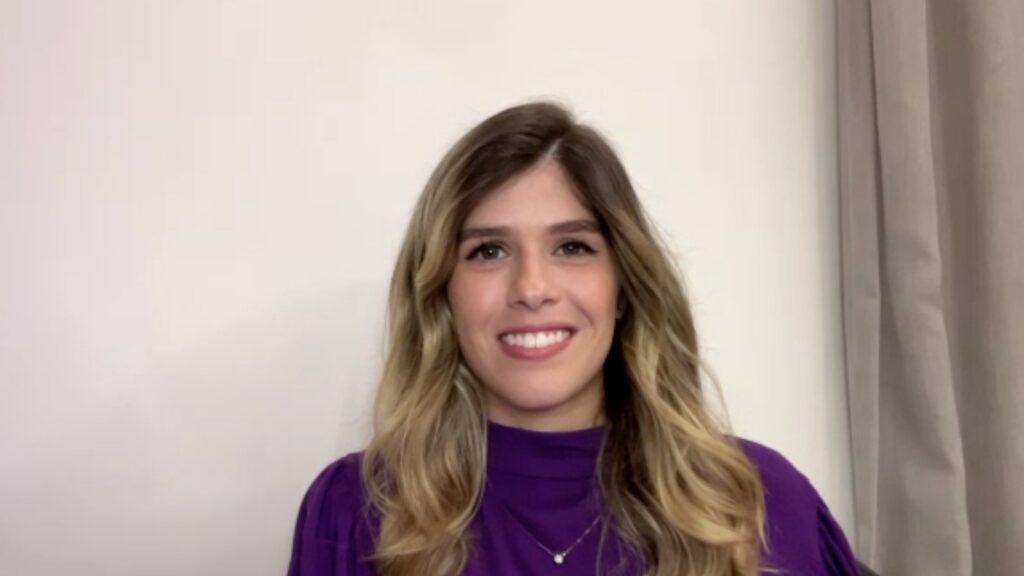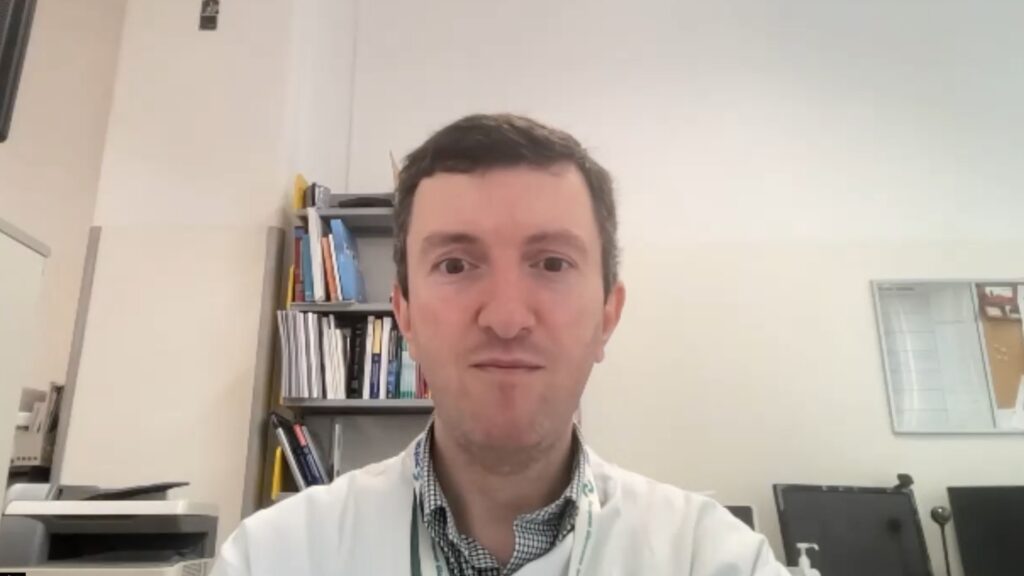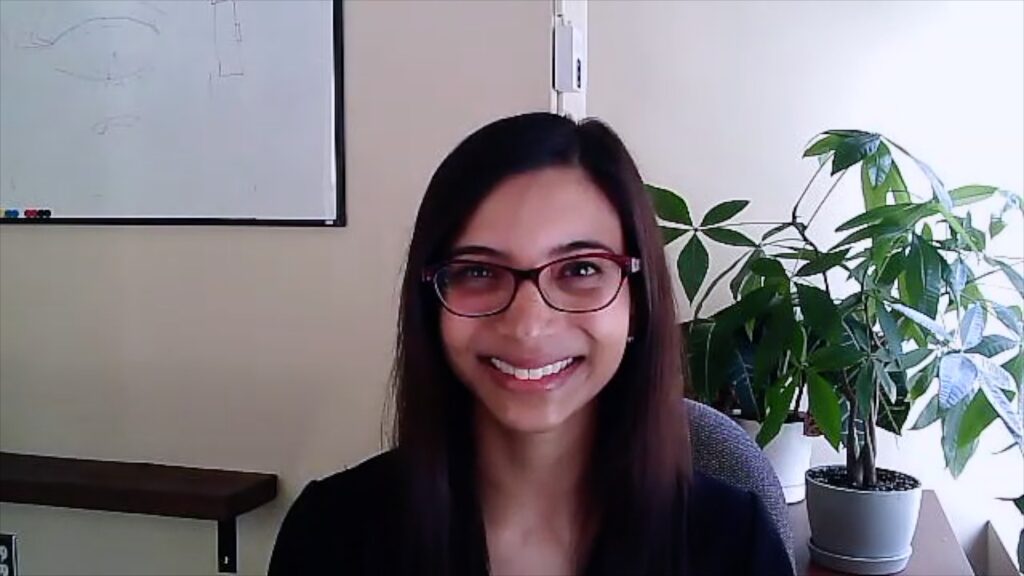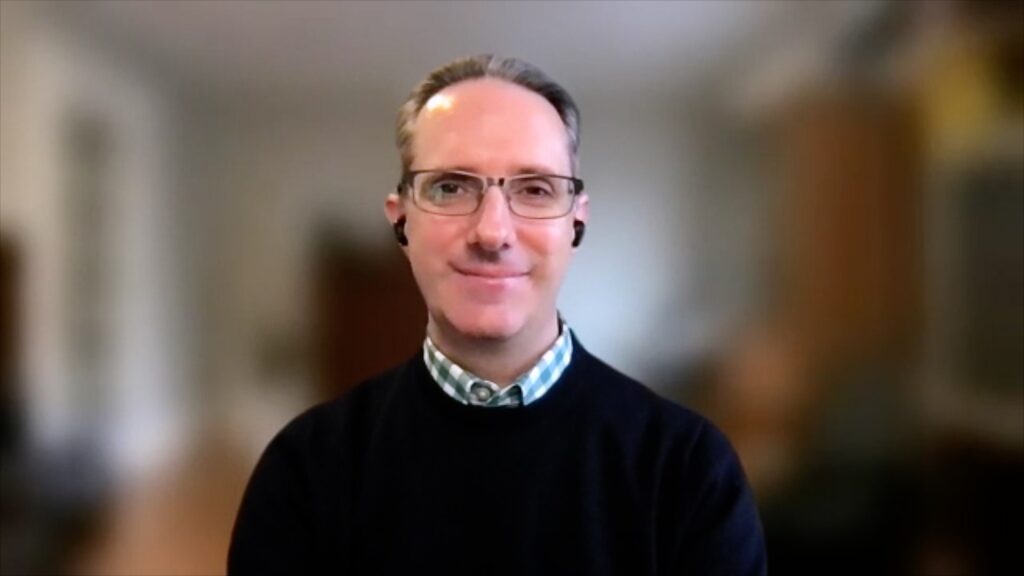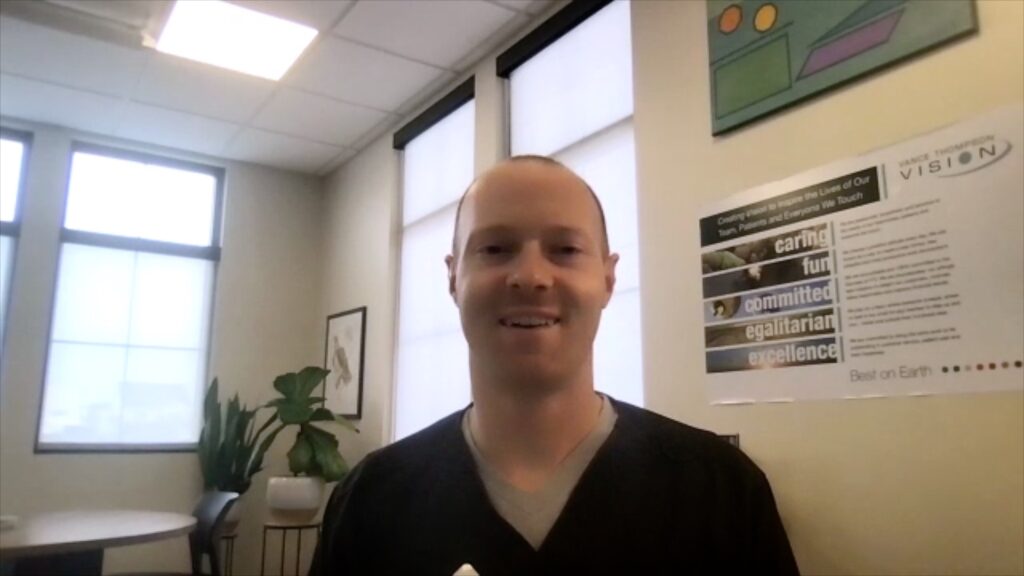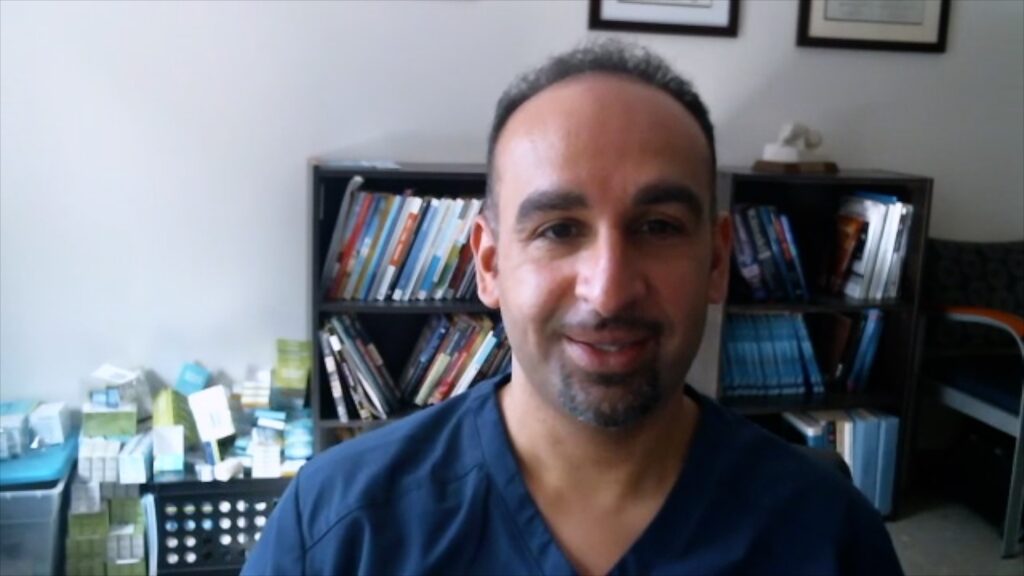Keywords: glaucoma, Keep Sight, blindness
Disclosure: Sandeep Buttan is Global Technical Lead eye health Asia at Sightsavers.
Acknowledgment: Medical writing assistance was provided by Katrina Mountfort of Touch Medical Media, and supported by Touch Medical Media.
Access: This article is freely accessible at touchOPHTHALMOLOGY.com. © Touch Medical Media 2020
Support: No funding was received in the publication of this article.
According to the World Health Organisation (WHO), 80% of all causes of visual impairment are preventable or treatable.1 Glaucoma is the third most common cause of avoidable blindness worldwide,1 and the greatest global needs in the detection and management of glaucoma today are in developing countries, where barriers include a lack of human resources, inadequate infrastructure, low awareness and limited access to medical treatments. Sightsavers is an international organisation working with partners in over 30 countries to eliminate avoidable blindness and promote the rights of people with disabilities.2 Their most recent initiative, in collaboration with Allergan and the International Agency for the Prevention of Blindness (IAPB), is Keep Sight, which aims to prevent glaucoma-related vision loss by building healthcare capacity in low- and middle-income countries with the highest unmet need.3,4
In an expert interview, Sandeep Duttan discusse the aims and achievements of the Keep Sight initiative
Q: What are the major challenges in the detection and treatment of glaucoma in India?
Challenges begin at the community level, where there is a need for increased awareness of glaucoma; screening levels are low and detection services at primary-care level are quite weak. Even at institutions and hospitals, there is a lack of standardisation of care, so that many patients are missed for glaucoma screening. There is a lack of both equipment and personnel who are specialists in glaucoma detection and care. Training for general health workers who are not specialists in glaucoma care is also limited. Clinical staff are not fully aware of the standard protocols for glaucoma, resulting in a substantial missed opportunity for screening and detection. In terms of treatment, a lot of people may not be able to afford medical treatment, leading to limitations in long-term care. In addition, some systems in eye health are not geared up for a growing disease like glaucoma where long-term data, continued follow-ups and regular treatment are required. These factors all contribute to the limitations in glaucoma care in India.
Q: Could you tell us a little about the origin and aims of the Keep Sight India initiative?
Over recent years, changing trends and an ageing population have meant that glaucoma is emerging as one of the leading causes of irreversible blindness.1 If vision is lost or impaired due to glaucoma, treatment cannot recover it. As a result, glaucoma has become a priority for Sightsavers. Due to the specialised care and equipment that is requires, this pilot scheme was designed to examine the feasibility of how to integrate the various elements of glaucoma care, i.e., screening, detection and treatment with existing products. This is a joint initiative between Allergan and Sightsavers global. We want to develop a process whereby glaucoma care can be incorporated within comprehensive care procedures. We then want to scale this up into other pilot schemes. The process started with discussions around a year ago and late last year, pilot studies were initiated in two sites, one in Nigeria and one in Ganjam District, Odisha, India to determine how glaucoma services can have an impact on blindness in these two settings.4 Preserving sight is the ultimate aim of the project.
Q: How can doctors best identify at-risk populations?
Certain risk factors have been identified: age is one of the most common ones.5 Having a family history of glaucoma is a strong risk factor that needs to be incorporated. Other risk factors include a history of using steroid eye drops or having a history of trauma/injury to the eye. People with diabetes or high myopia are also at elevated risk of glaucoma.5,6 These factors can be used to develop opportunistic screening for glaucoma within other services, including checking intraocular pressure (IOP) and retinal imaging to determine whether any early signs of glaucoma are seen. These can be easily achieved within the community.
Q: What have been the outcomes of the project in India to date?
Since October 2019, we have achieved impacts in terms of hospitals, which is a secondary level hospital delivering glaucoma services, and community interventions, such as outreach camps and primary healthcare interventions. Glaucoma screening has also been implemented. In addition to hospital screening, there are 13 glaucoma specific outreach camps where members of the community have been screened. We have screened around 9,000 patients, of whom around 300 were diagnosed with glaucoma. These are being monitored and are receiving medical treatment as well as surgical therapy. We have also trained eight doctors in glaucoma care and close to 25 other healthcare workers on the basics of glaucoma care and how to talk to patients with glaucoma. In terms of capacity, building and infrastructure, we have created a system for screening patients in the field in the outreach camps. Equipment, such as nontraumatic tonometers, has been provided to measure IOP and fundus cameras for retinal imaging.
Q: What will be the focus of the project in the coming months?
As a result of the COVID-19 pandemic, most of the outreach services are on hold, but we intend to learn from our experiences in the field and generate evidence in terms of operational aspects, i.e., how best to conduct these examinations, and try to learn about behavioural aspects of patients who are referred to hospitals for treatment. We then intend to scale up these activities into other areas and determine how we can integrate them into healthcare systems in the South Eastern Asian states.
References
- World Health Organization. Blindness and vision impairment. Available at: https://www.who.int/news-room/fact-sheets/detail/blindness-and-visual-impairment (accessed 26 May 2020).
- Sightsavers. Available at: https://www.sightsavers.org/disability/health/ (accessed 26 May 2020).
- International Agency for the Prevention of Blindness Press Release: “Keep Sight” initiative launched at the World Health Assembly (20-28 May 2019) in Geneva. Available at: https://www.iapb.org/news/allergan-sightsavers-and-iapb-announce-keep-sight-initiative-to-address-glaucoma/ (accessed 22 May 2020).
- Eyewire News. Allergan, Sightsavers, and the IAPB Announce the “Keep Sight” Initiative to Address Glaucoma in Ganjam, Odisha. Available at: https://eyewire.news/articles/allergan-sightsavers-and-the-iapb-announce-the-keep-sight-initiative-to-address-glaucoma-in-ganjam-odisha/ (accessed 26 May 2020).
- Coleman AL, Miglior S. Risk factors for glaucoma onset and progression. Surv Ophthalmol. 2008;53 Suppl1:S3–10.
- Chen SJ, Lu P, Zhang WF, et al. High myopia as a risk factor in primary open angle glaucoma. Int J Ophthalmol. 2012;5:750–3.


